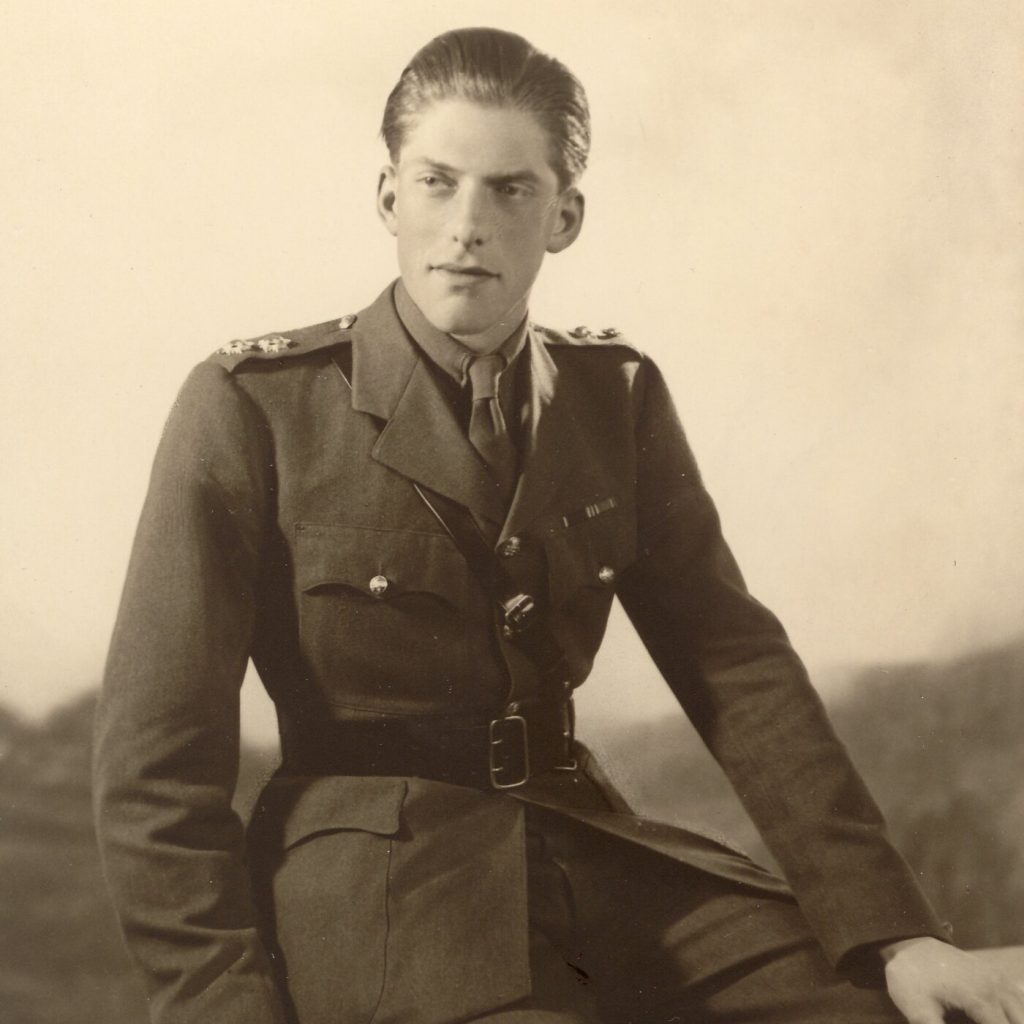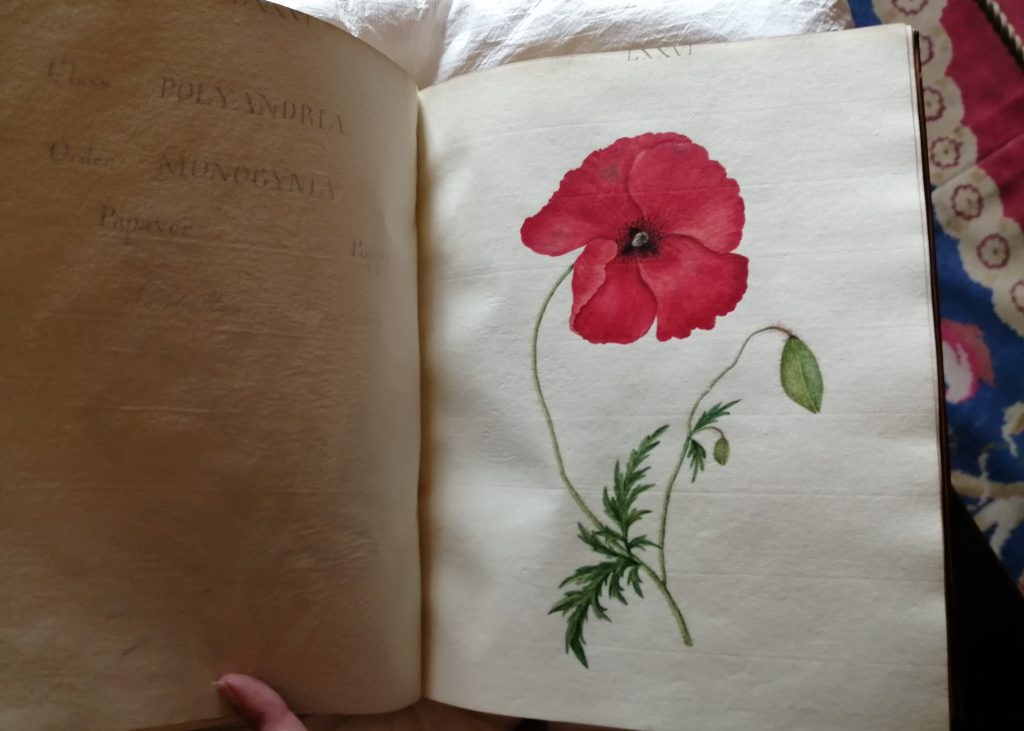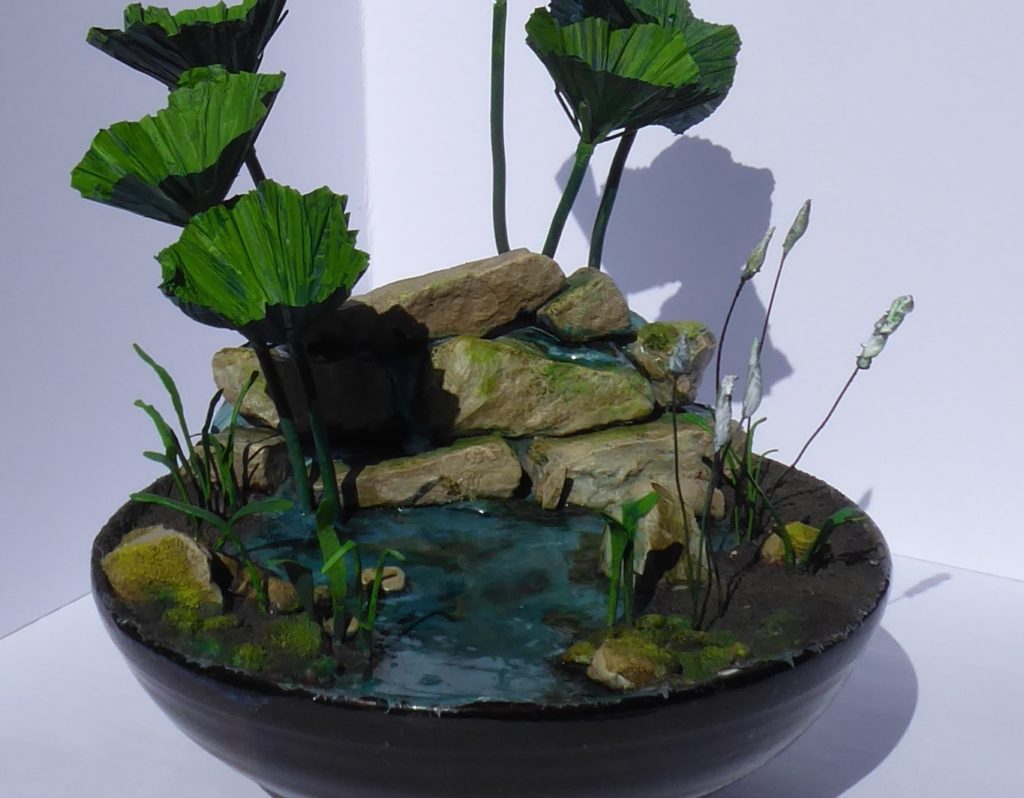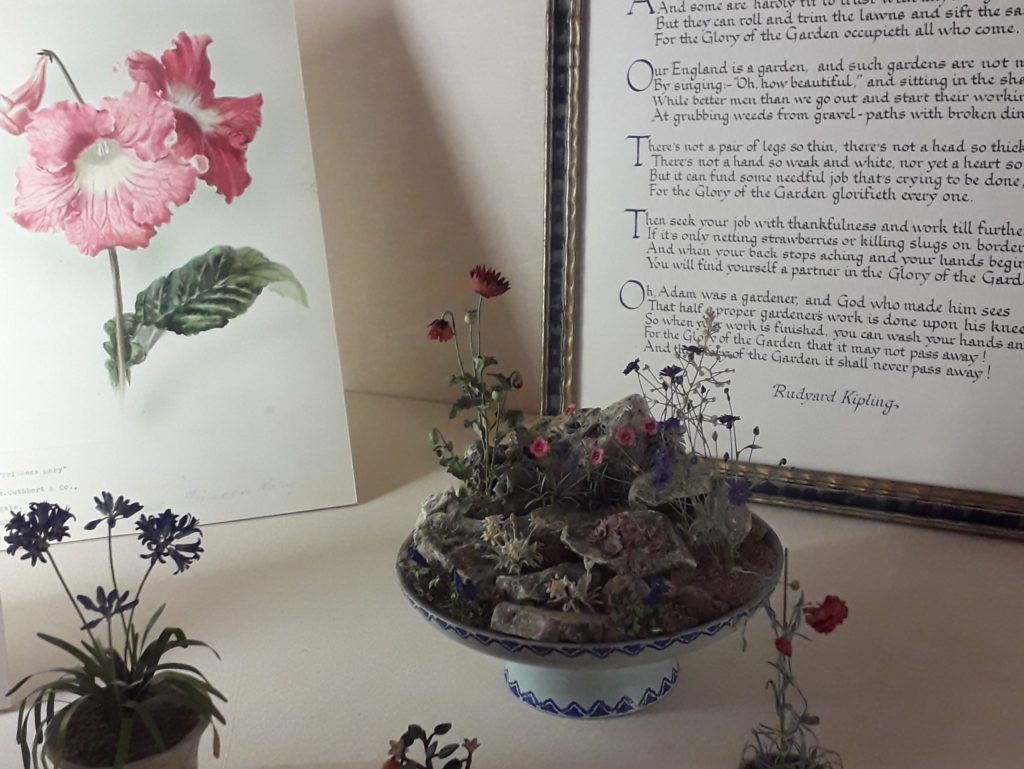 75 years ago today, the Allied Nations celebrated Victory in Europe Day, signaling the end of the Second World War.
75 years ago today, the Allied Nations celebrated Victory in Europe Day, signaling the end of the Second World War.
For the village of Harewood, VE day was a double celebration, as it celebrated the return of George Viscount Lascelles, future 7th Earl of Harewood, arriving home following his imprisonment as a Prisoner of War. The village welcomed him back to Harewood with flags and ‘welcome home’ bunting. A newspaper reported the scene:
“The sun came out for his homecoming. The chestnuts were in flower. Every cottage window had it’s Union Jack; small ones fluttered from crannies in the stone walls. Children, some carrying prayer books as well as flags, began to hop about outside the gates almost an hour before Lord Lascelles and the Princess Royal were due…Eight year old Susanna FitzRoy (Queen Mary’s god-daughter) sat her pony like a little queen and threw her velvet red riding cap in the air when the car passed…. Estate workers and tenantry, many of whom had known [George] since he was a child and whom shared his parents’ anxiety, were delighted to hear him repeat that he felt very well…. It was a fitting climax to Harewood’s VE day”
George joined the Grenadier Guards in 1942 at the age of 19. On the battlefields of Italy he was shot and wounded on 18th June 1944 and captured by the Nazis. He was imprisoned in Oflag IV-C, better known as Colditz Castle, alongside other “Prominentes” or ‘celebrities’ as Hitler tagged them – all prisoners with illustrious Allied connections, that were earmarked as powerful bargaining chips.
In March 1945, Hitler signed George’s death warrant and SS commander Gottlob Berger was ordered to execute the Prominente. But realising the war was lost, Berger failed to carry out the sentence and released his prisoners to the Swiss.
In his memoirs, The Tongs and the Bones (1981), George writes about his experiences as a Prisoner of War, which involved a thwarted escape attempt, and describes the moment he was told of his release:
“General Berger told us that he thought the war was within a day or two of coming to its end; he disbelieved in keeping prisoners pointlessly, although it was his duty to tell us that he had received orders to shoot us. He was going to disobey those orders because he thought them futile and indeed criminal, and had made arrangements to hand us over to the Swiss, who were coming immediately to take us through the German lines and deliver us into Allied hands…Leaving in the mid-afternoon of the 4 May with a feeling of total exhilaration – like a child going to its first party – we somehow assumed we should go fast and be in Allied hands in a couple of hours. But it was not like that…. We motored on through the night until at first light the German troops by the side of the road told him they thought there were no more Germans in front. We put a Swiss flag on the front of the car and drove very slowly into no-man’s land…For perhaps a few miles we saw absolutely nothing. We were going very slowly and eventually we arrived at the American front line, with no fuss, and that was that.”
Watch this short conversation with Assistant Curator, Rebecca Burton, to see a different side to Harewood during wartime.



